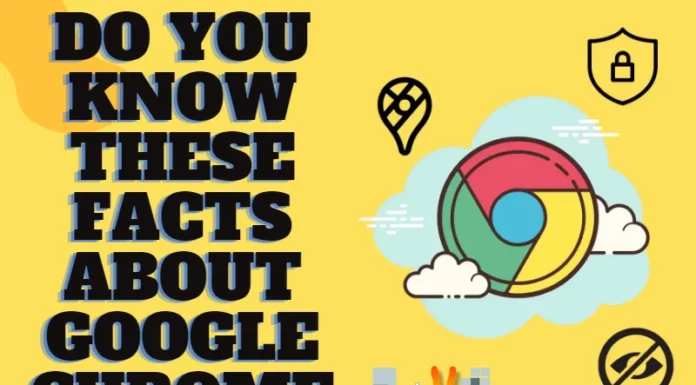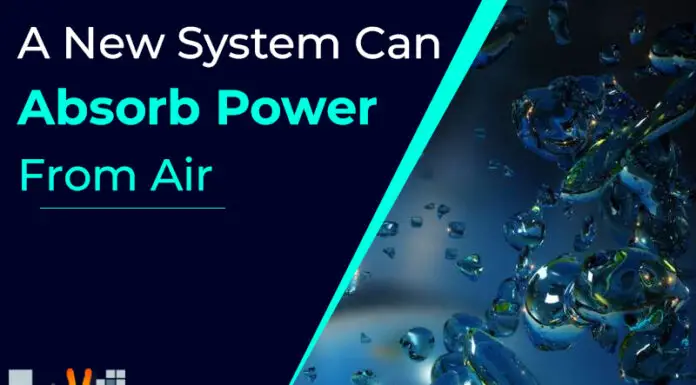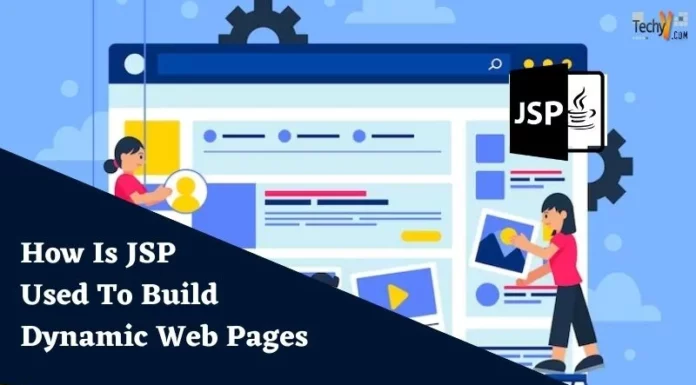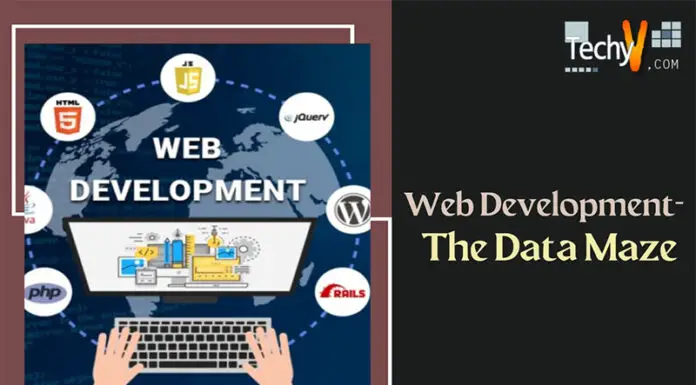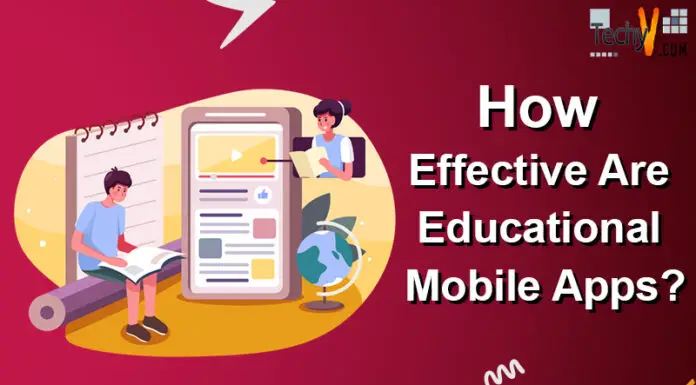The biggest deal is not in having a website but making sure it is on point and bringing it to the top in search engine rankings. However, it is not an easy job; knowing what to put and what not in it is a skillful one. The following ten points are to be taken caution while ranking your website to the best number:
1. HEADLINES:

In your homepage, heading content for the visitor should tell what your business is all. Keep some text description for your headlines, to explain the contents at first glance. Usability Hub gives a five seconds test for the same; show your site to a client, after counting from one to five, close the page and ask them what they understood from viewing. If they fail, then your headline is seemingly vague.
2. LOADING TIME:

Uploading many photos in a single page will slow the loading of your page, and may affect the chance of a visitor to your site. And moreover, Google does not encourage slow loading sites. It also reflects on your SEO. Improve your webpage by installing servers like Cloud flare or Word press to deliver the content quickly to your user.
3. MOBILE-FRIENDLY:

Your site should be mobile-friendly. You have to design it more like a mobile app. Mobile-Friendly tool by Google can do this task. While you use WordPress, you have to install WP Touch plug-in, which automatically changes the mobile theme for your visitors.
4. OPTIMIZE SPEED:
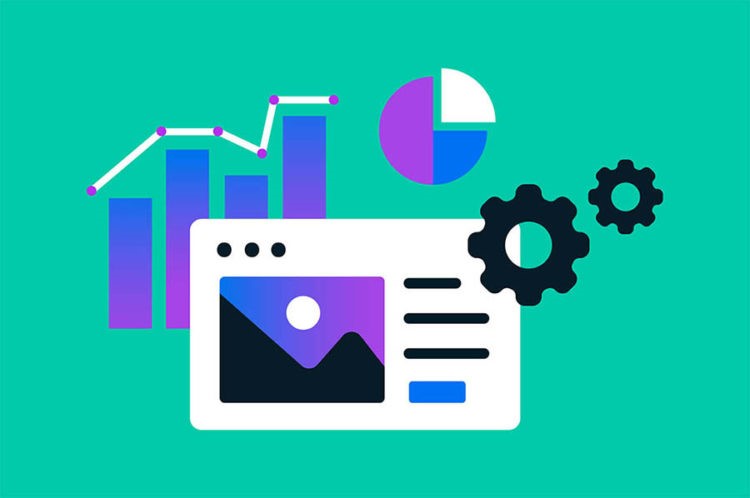
Mobile and desktop monitoring, whatever be it, speed is an essential aspect for a client. Before uploading an image, use the optimizer tool to make sure that it will fit into the image space itself. Before loading multiple files, make sure that your site has no extra augmentation to slow down the speed. It is better to merge many scripts into a single file.
5. TITLE TAGS:
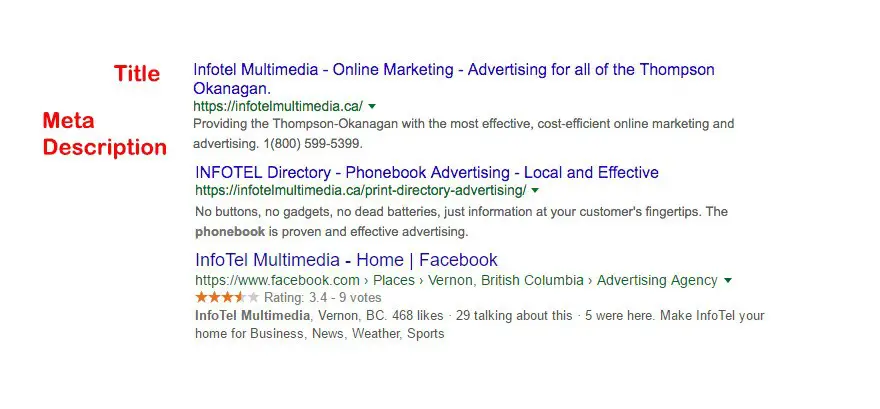
Each page of your site should have descriptive titles to give an idea for users for what your web does. Before using any site’s title tags, consult the HTML Improvements Report to your Google Webmaster to ensure that your site has no potential issues.
6. SSL:

Secure Sockets Layer or SSL is the encryption version of your website that creates a secure connection between your users and the page. Google gives preference and ranks the SSL sites well as more than the non-secure sites.
7. LONG PARAGRAPHS:
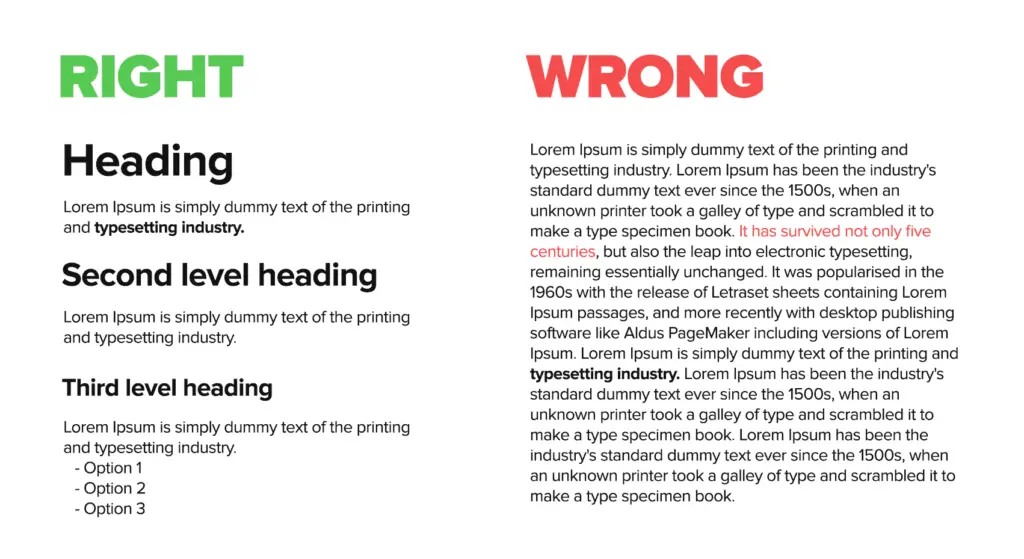
Short paragraphs are the best ways to make your user scan the content completely. Crisp ones will make your client visit your site and also increases you dwell time. A paragraph should be within three to four lines. Use bullets or bolding to give an easy skim-like process to read your page.
8. KEYWORDS:

The keywords which you are using in your website must be searchable for the visitor; this will eventually add popularity to your page. Look for Content Marketing guides online for ensuring how to use the keywords step-by-step.
9. ADVERTISEMENTS:
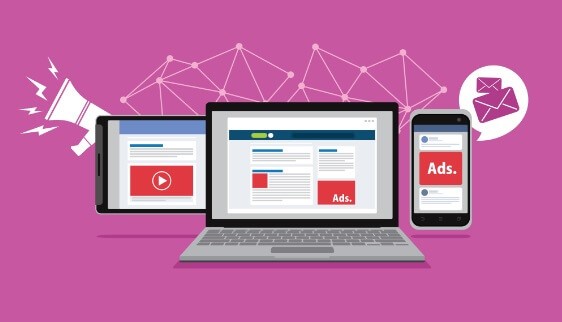
To attract your visitors, do not use any paid banner advertisements. Promote your site within your content with native advertising styles and some text-based call-to-action at the bottom of your page.
10. E-MAIL LINKS:
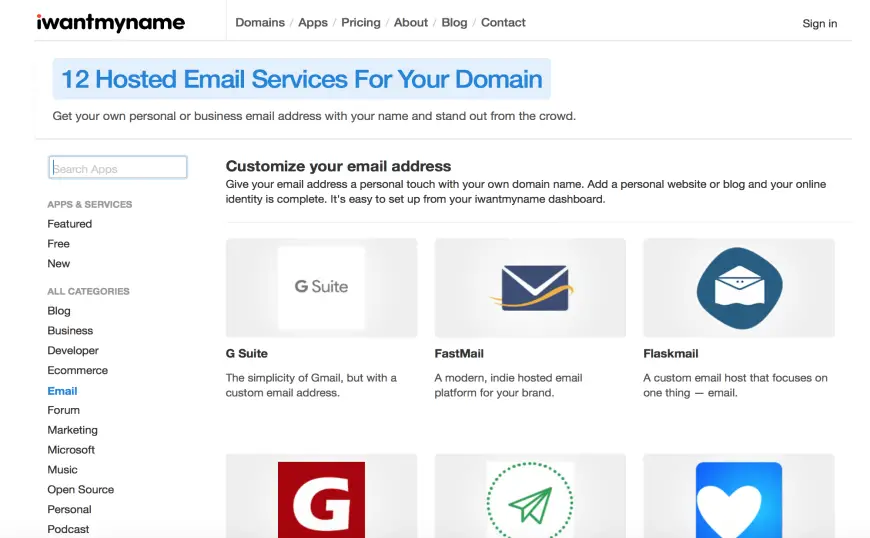
Remove every e-mail link on your page and add a simple contact form with a ‘Thank You’ page. Set an Auto-response e-mail which will tell the visitors that you will always be in touch with your clients.




